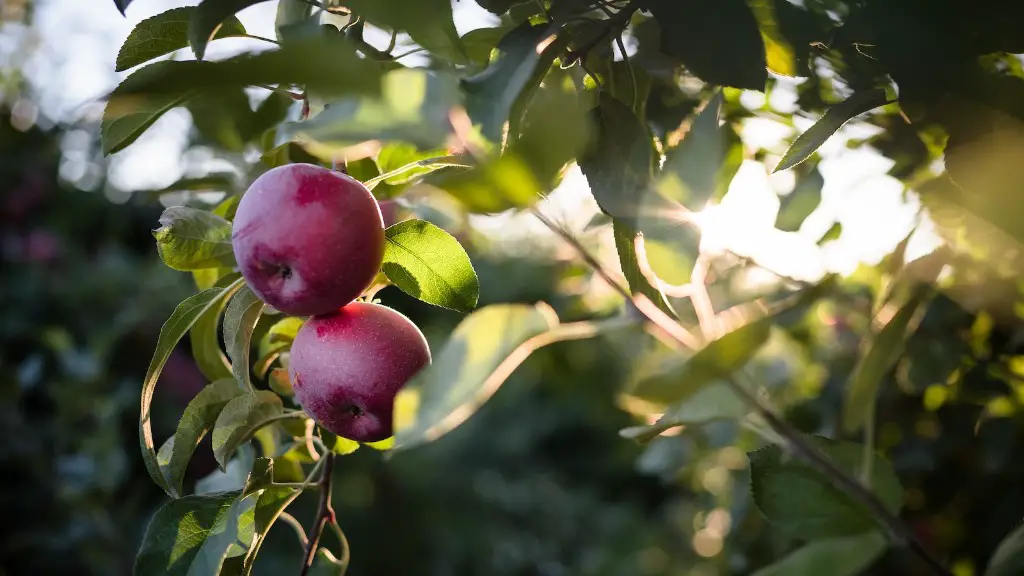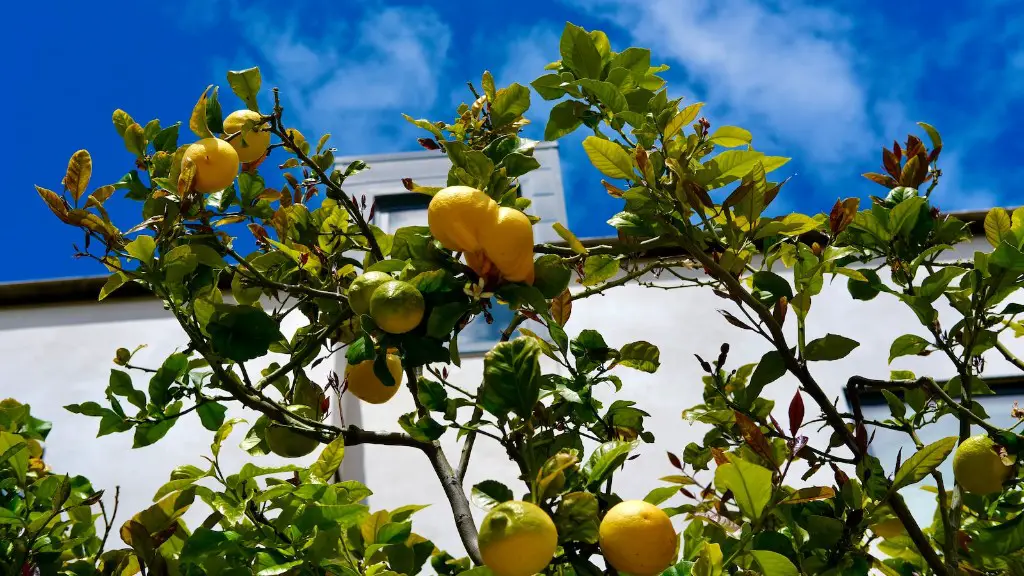Cherry Blossom Tree Basics
Also known as sakura, the Japanese cherry blossom tree is a popular part of Japanese culture and landscape. The trees are native to Japan, and are a species of cherry tree called Prunus serrulata. They produce delicate, five-petaled flowers in shades of pink and white. These appear between the end of March and start of April, coinciding with the Japanese holiday hanami, during which families and friends gather to appreciate the beauty of the flowers.
Cherry blossom trees grow in temperate climates and need full to partial sunlight to thrive. The tree itself has a shallow root system so attempts to transfer them can bring failure as the roots will not survive. There are over 200 cultivars of the sakura tree, which differ in size, strength, blossoms, and timing of bloom season. Generally, the cherry blossom trees blossom for two weeks.
In addition to its blooming beauty, the cherry blossom tree is also praised for its practicality. Its wide and shallow root system allows it to be planted in small gaps between other trees, helping to keep nature separate from artificial structures. The bright colors are also said to reduce stress and anxiety, acting as a natural antidepressant.
The Japanese cherry blossom tree is a popular symbol of beauty and nature, often featured in literature, artwork and in national symbols. In Japan, they can even be found in the crests of certain families. Overall, the tree is a significant part of Japanese culture and history and its beauty brings people together in celebration.
Environmental Factors
Climate change has been affecting Japan’s cherry blossom trees over the past few decades. Studies have revealed that cherry blossom blooms have been arriving in Japan earlier each year due to warmer temperatures and changes in the amount of rain and humidity.
In addition, an increase in air pollution has been linked to health problems, such as the weakening of trees, decreased fertility, and lack of growth in some areas. This has been causing serious damage to some cherry blossom trees.
Heat waves, high sensitivity to pollutants, and other environmental factors can also hinder a cherry blossom tree’s growth and development. Although the trees’ lifespans are extended with proper care, environmental factors should still be taken into consideration when planting sakura trees.
Recently, researchers have started to focus on finding ways to protect the cherry blossom trees from rising temperatures and changing climate patterns. By planting drought-tolerant varieties, creating windbreaks around planting sites, and using mulch, gardeners are helping to cushion the trees against increasing heat waves.
In order to thrive, cherry blossom trees also need soil rich in organic matter and well-draining. Planting sites should be in well-lit areas, but away from any sources of pollution. Applying fertilisers can also help to strengthen the trees roots and ensure that they remain healthy.
Symbolic Significance
The cherry blossom tree has deep symbolic meaning for the Japanese people. Over centuries, the short-lived flowers have been revered for their beauty, their fragility and their ability to bloom despite the harsh winter weather.
The blossoms are said to represent the fragility and beauty of life itself, with the season of their blooming often referred to as ‘the awakening of spring’. Their short lifespan is a reminder that life must be appreciated, valued, and enjoyed while it lasts. Hanami, the celebration of the cherry blossom’s blooming, is a time to gather with friends and enjoy the beauty of nature.
The cherry blossom’s beauty lies not only in its aesthetic qualities, but also in its symbolism. It is seen as a symbol of courage and love and of overcoming struggles and adversity. This is illustrated in its ability to rise above the snow and bloom despite the cold winter.
The symbolism of the cherry blossom tree extends beyond its traditional Japanese associations. In other parts of the world, the tree has become a symbol for the living, for renewal and for transformation. It is often associated with hope, joy and beauty.
Uses and Cultural Relevance
The cherry blossom tree has played a significant role in Japanese culture for centuries, with the gorgeous pink petals appearing in countless pieces of artwork, literature and symbols.
The blossoms are used in many traditional Japanese recipes, such as pickled sakura, a popular condiment, and sakura mochi, a pink rice cake often eaten during the hanami period. The petals are also used for making tea, and for flavoring a variety of foods.
The tree’s beauty has also been celebrated in many ways over the years. Festivals are held to celebrate the blooming, and tourists flock to Japan from all over the world to witness this unique event. The flowers are also used as decorations for weddings, and are incorporated into many traditional Japanese ceremonies.
The symbolism of the cherry blossom tree continues to be relevant today. The beauty of the tree and its short-lived flowers remain a poignant reminder of life, joy and loss and a celebration of nature.
Techniques for Planting and Growing
The Japanese cherry blossom tree usually flowers and dies in a year’s time. To increase the tree’s lifespan, a few techniques can be used when planting the tree.
When planting saplings, it’s important to create a well-draining soil mixed with organic matter to ensure that the tree survives the blooming season without experiencing any water damage or mold. It’s recommended to deeply water the soil from seedling sprout to establishment.
It’s important to ensure that the tree has enough sunlight. Plant sakura in full sun to partial shade. If the tree is planted in full shade, it may not bloom in the same intensity. Most sakura tree varieties bloom for two weeks, and there are many timed-release fertilisers for during the flowering season.
Pruning the tree should be done over winter to ensure that the branches are strong to support its heavy flowers. Pest control is especially important during the flowering period. As the trees are particularly sensitive to chemical sprays, it’s best to use a natural preventative procedure like planting specific herbs in the soil to deter pests.
Maintenance and Care
Because a Japanese cherry blossom tree’s lifespan is only one year, it is important to take special care and attention to the tree’s maintenance.
As the flowers are delicate, they need extra protection from strong winds, heavy rains, and too much sun. To protect them, it is recommended to install nets or wind-resistant structures around the tree. This will also protect the tree from being stripped of its petals.
It’s important to check for signs of disease, especially during the opulent blooming season. Fungi, insects, and bacteria can attack the tree at any time. If you notice any pests or signs of infection, it’s important to treat the tree quickly with natural treatment options, such as neem oil.
The tree needs regular watering during the non-blooming season, especially during dry months. This will help keep the tree healthy and strong to withstand future stressors.
The soil pH around the tree should be checked annually and adjusted as needed. Adding compost or manure to the soil can help to maintain the pH balance of the soil. Finally, it is important to keep the tree’s roots cool by providing plenty of mulch or clippings.
Conclusion
The Japanese cherry blossom tree is a popular part of Japanese culture and landscape. These beautiful trees come in a variety of colours and sizes and are highly symbolic, making them cherished all over the world. Strong environmental influences can take a toll on cherry blossom trees, so it is important to take special care when planting and maintaining them, taking into consideration soil quality, light, and water needs.




